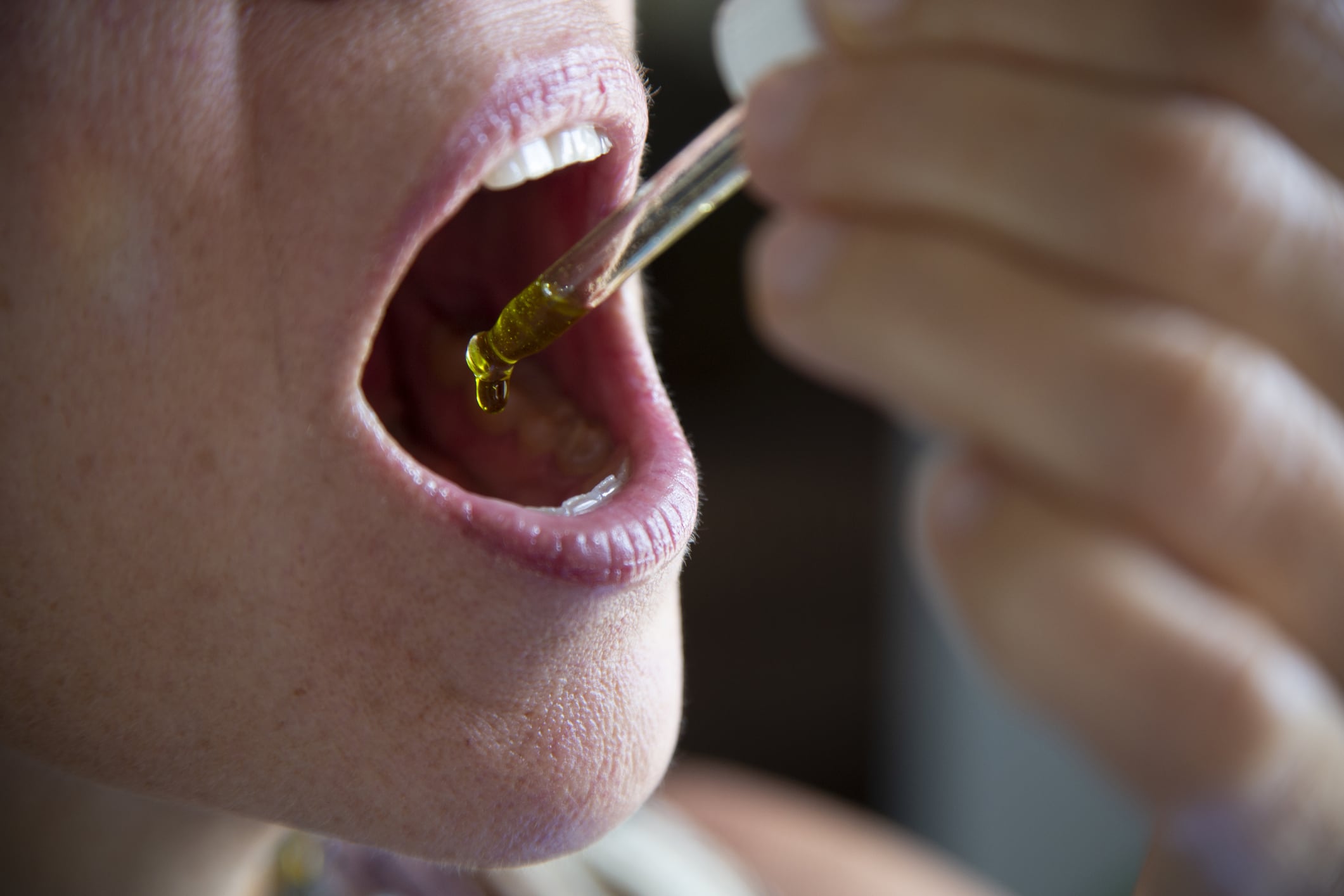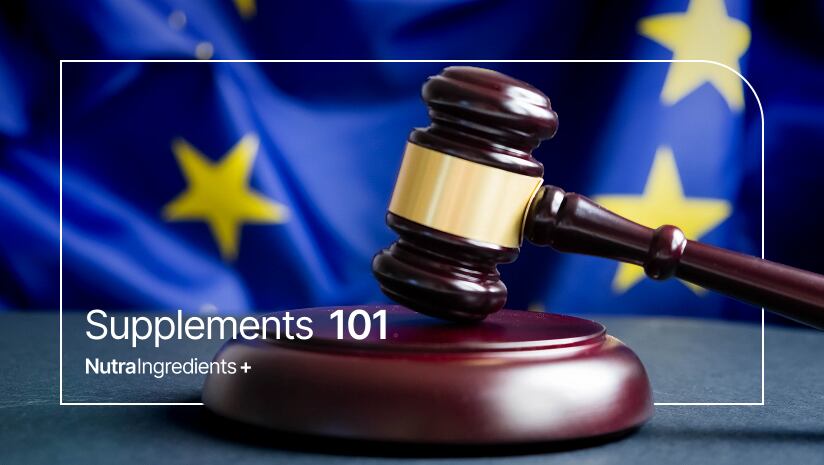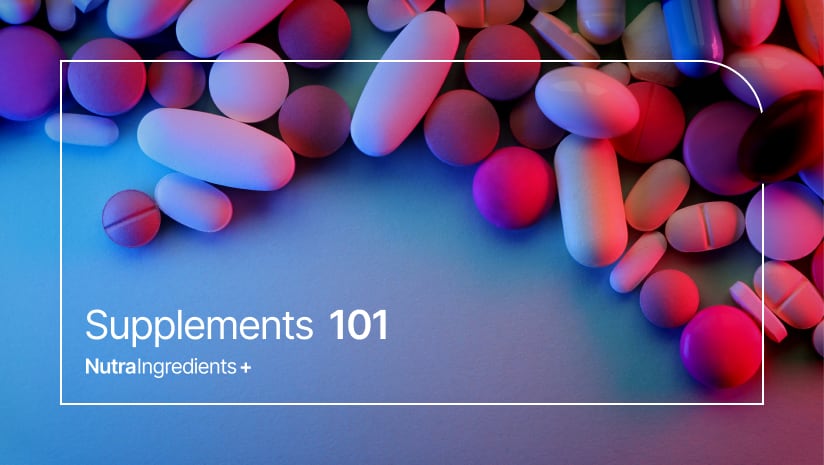Built to ensure food safety and consumer protection, the EU’s novel food system has recently been updated in an effort to balance safety, innovation and market harmonization.
However, the rigorous nature of this approval process has been a source of frustration for many food business operators (FBOs), with some suggesting it stunts innovation and leaves Europe lagging behind when it comes to new product development.
Bringing new food ingredients to market is no easy feat. The application process is lengthy and complicated, and final approval can take many months. A recent report found that the average wait time for a novel food approval is more than two and a half years.
What are novel foods and how are they regulated?
In the European Union, novel foods are defined as any food or food ingredient that has not been consumed to a significant degree by humans within the EU before May 15, 1997.
This date corresponds to the entry of the first Novel Food Regulation (EC) No 258/97, and it remains the reference point under the current framework (Regulation (EU) 2015/2283), which was adopted in 2015 and implemented in 2018.
This regulation stipulates that any new food must undergo a rigorous safety assessment and can only be placed on the market following formal authorization from the European Commission.
“The cornerstone principle of EU food law is that ‘no food shall be placed on the market if it is unsafe’,” said Katia Merten-Lentz, partner at Food Law Science & Partners. “Therefore, food business operators have the responsibility to ensure the safety of their food. Consumers generally expect ‘zero risk’ when it comes to food safety.”
To market a novel food in the EU, the food or food ingredient must be included in the European Commission’s positive list, known as the Union List of Novel Foods. This document is a legally binding list of all authorized novel foods which have passed a full safety assessment.
This is not to be confused with The Novel Food Status Catalogue—a non-binding, non-exhaustive tool that lists thousands of products of animal, plant and algal origin. This list helps operators to assess whether a product may require authorization.
“If an ingredient does not appear on either of these two lists, its status is unconfirmed, and the FBO is responsible for determining it,” Merten-Lentz said. “If a product is considered novel, it cannot be placed on the market without formal authorization from the European Commission. At the same time, those which are not novel can also only be marketed after a legal assessment.”
Key changes since the framework update
The 2018 framework updated the 20-year-old regulation which had not been modified since its creation in 1997. This update bought about important changes, according to Merten-Lentz.
“Before the current regulation, all novel foods were treated as one category,” she said. “The new classification includes a distinct category for novel foods consumed outside the EU, referred to as ‘traditional food from a third country’.”
A traditional food from a third country is described as a food that is new to the EU but has a safe history of consumption of at least 25 years within its country of origin. This distinction aims to streamline the process of getting these types of food to market, provided they are shown to be safe.
The framework also introduced new novel food categories, including insects and microalgae, and foods produced via new production processes, such as cell-cultured meat, and those with new molecular structures like engineered nanomaterials.
In 2021, another caveat was introduced with the stipulation that applicants commissioning or carrying out studies to support a novel food application notify EFSA without delay. Non-compliance with these notification obligations may result in the non-validity of the application or delays in the risk assessment process.
In recent years, new measures have also been introduced to enhance transparency and proactive disclosure, alongside stricter confidentiality requirements. Under the updated law, EFSA must proactively disseminate certain information (including scientific outputs and data), supporting data for applications and summaries of any pre-submission advice provided.
The confidentiality requirement means that applicants must submit a both a confidential version of their application, and a non-confidential version with private information redacted. EFSA assesses each confidentiality request individually. If a request is denied, an updated non-confidential version is published upon implementation of EFSA’s decision.
“Transparency rules make novel foods submissions a place for experiences in law rather than just science,” said Mark Tallon, LLM, PhD, managing partner of Legal Foods. “Understanding not only the legislation but traditional IP and the scope of confidentiality are a must if companies do not want their data splashed all over the final EFSA opinions.”
“There are also times where data will need to be published if only to demonstrate EFSA is ignoring the available data and put pressure on policy decisions that are often influenced by states, which suggest there is no evidence or data on x ingredient when what is really the case is no evidence is published,” he added. “Strategy now is a mix of science, policy and legal insights if you are to optimize novel foods submissions.”
What is pre-market authorization?
Pre-market authorization means that a novel food cannot be placed on the market until it has undergone a comprehensive safety assessment and has been formally authorized by the European Commission. In other words, companies must wait for the final authorization decision before marketing or using the ingredient in food products. No provisional or conditional marketing is permitted during the evaluation phase.
Modern manufacturing methods can change the status of a novel food
Although not a new development, it is important to note that foods produced via modern manufacturing methods, such as microbial fermentation, can also alter the status of certain foods and food ingredients.
For example, L-theanine extracted from green tea (Camellia sinensis) has a well-documented history of safe consumption and is not considered novel. However, when L-theanine is produced by chemical synthesis or microbial fermentation, it is considered novel, as it no longer shares a historical context of use.
This is because the ingredient is not only defined by its chemical identity but also by its source and manufacturing process, according to Jerome Le Bloch, PhD, head of scientific affairs at FoodChainID.
“A change in the production method or starting material may result in a new ingredient with a different regulatory status,” he said. “Even if the molecule is chemically identical, the production process can affect the impurity profile, stereochemistry or residual substances, which in turn may influence safety. As a result, these alternative forms are treated as novel foods, requiring a pre-market authorization.”
Examples of food ingredients classified as novel despite having a long history of consumption are zeaxanthin when obtained synthetically and quercetin when extracted from the tree Dimorphandra mollis.
“In summary, both the source material and the production process define whether an ingredient is ‘novel’,” Le Bloch said. “Even when the main compound appears familiar, any change that could impact its composition, purity, or safety profile requires a case-by-case regulatory assessment.”
Examples of foods classified as novel despite having a long history of consumption
- Zeaxanthin obtained synthetically is considered novel, despite zeaxanthin being naturally present in foods and widely used in supplements before 1997.
- Quercetin extracted from Dimorphandra mollis is classified as novel, even though quercetin from traditional dietary sources has a long history of consumption.
- Plant extracts or concentrated fractions may be considered novel if the composition, ratio of constituents or solvent system used differs significantly from traditional preparations.
Submitting a novel food application
To submit an application for a novel food or food ingredient, food business operators must complete a detailed dossier and submit it to the European Commission. Once validated, it will then be forwarded to EFSA for a scientific safety assessment.
EFSA has created a number of pre-submission advice forms to support FBOs with their applications, something Dr. Tallon describes as a “complex maze of guidance.”
“The guidance documents are developed by EFSA itself and organizations such as the European Chemicals Agency,” he said. “These documents—over 50—provide guidance on the type and level of evidence required to meet the demands of demonstrating the safety of substances to be placed on the EU market under the novel foods system.”
The requirements for each application differ depending on the ingredient in question, with more detail typically needed for a new, undocumented novel food. But in all instances, the dossier must be comprehensive and scientifically robust, containing toxicology studies, nutritional data, history of use and a description of the production process.
Novel food dossiers must contain…
- Description and specifications: Detailed identity, composition, quality parameters and levels of active ingredients, contaminants and impurities.
- Production process: Full description of manufacturing, purification and quality assurance steps.
- Proposed uses and exposure: Intended food categories, maximum use levels and estimated dietary intake for different population groups.
- Safety data: Results from toxicological studies demonstrating safety.
- Nutritional and allergenicity data: Evidence that the food is nutritionally adequate and its allergenic potential.
- History of use: Documentation of consumption outside the EU for traditional foods from third countries.
EFSA then assesses whether the novel food is safe and not nutritionally inferior to the food it is intended to replace. Legally, EFSA is expected to deliver its scientific opinion within nine months of receiving a valid dossier.
As with health claim regulations, the European Commission then evaluates EFSA’s scientific opinion and, together with Member States, makes the final decision on whether the food will be added to the Union List of Authorized Novel Foods.
For standard novel foods, this process typically takes around two years from the electronic submission to the final decision. In contrast, traditional foods from third countries may be approved in as little as four to nine months, reflecting a faster process for products with a history of safe use outside the EU.
However, the process can sometimes take much longer, with some applicants waiting up to six years for a final decision. These extended timelines often result from the time applicants need to generate and submit additional data, which EFSA may request at its discretion.
According to Le Bloch, these additional requests often lead to disproportionate data demands that may not be justified. To address this issue, he recommends establishing a regulatory oversights panel to better manage and evaluate such requests.
“It is not possible to challenge [additional data] requests, as they almost systematically reject scientific rationales,” he said. “Enhancing oversight would ensure assessments are grounded in realistic expectations and better reflect the practical realities of developing new ingredients.”
Repercussions of using an unauthorized novel food in a dietary supplement
In the European Union, it is the legal responsibility of the food business operator to ensure that no unauthorized novel food is used in a product placed on the market. This responsibility applies equally to manufacturers, importers and distributors of food supplements and other food products.
European authorities monitor products on the market for non-compliance. If an illegal product is identified, these authorities may issue public notifications of alerts through the Rapid Alert System for Food and Feed (RASFF), the EU-wide platform used to share information on non-compliant or potentially unsafe food products across Member States.
If authorities determine that a product contains an unauthorized novel food, the most immediate consequence is the withdrawal or recall of the product from the market. The company may also face increased scrutiny as a result, Le Bloch noted.
“Further sanctions depend on national enforcement systems, as each Member State is responsible for implementing and monitoring compliance with EU food law,” he said.
“These may include administrative fines, formal warnings or in severe or repeated cases, criminal prosecution. In addition to regulatory measures, companies may face commercial repercussions, such as loss of retailer confidence, damage to brand reputation and delays in future product launches.”
EU food law: A help or a hindrance?
Despite the recent updates, the European novel food regulatory system is still criticized as being too slow and overly restrictive.
While the system has its strengths, such as its rigorous, science-based approach, as well as its independence and transparency, it can inadvertently slow down innovation and limit the agility of the European food industry, according to Le Bloch.
“Evaluators focus solely on the data and on eliminating any conceivable risk, often without sufficient consideration of realistic exposure scenarios or technological feasibility,” he said. “As a result, applicants frequently face disproportionate data requests, including studies that may have limited scientific relevance or practical value.”
“This cautious approach, while protective of public health, creates high entry barriers for smaller companies and start-ups,” Le Bloch added. “It also places Europe at a competitive disadvantage compared to regions with more proportionate or adaptive regulatory systems, such as North America, Australia and New Zealand, or parts of Asia, which are more conducive to early-stage innovation.”
For example, the sale of cultivated (lab-grown) meat was accepted by the Singapore Food Agency (SGA) in 2020, but the EU is still in the process of evaluating these products. In addition, cannabidiol (CBD) products intended for oral consumption remain unauthorized in the EU despite the European Commission receiving over 200 applications for CBD as a novel food. Meanwhile, CBD products are legal in the UK, provided they comply safety and labeling regulations.

Tallon said this exemplifies EFSA’s overly cautious stance, given that CBD is generally well tolerated and has a good safety profile, according to the World Health Organization.
“The system under EU rules has become overly restrictive and pharma-like in its approach,” he noted. “Policy, despite the denials by EU leaders and risk assessors, has resulted in cherry picked requirements not consistently applied.
“An example of this is CBD and hemp extracts. We see EFSA applying criteria to a substance that would result in over a million dollar spend to meet their requirements in direct opposition to the available data. This must change if the industry is to enter into a submission process that requires predictability and legal certainty. If they simply apply rules not in-line with prior submissions or seek to remove ingredients they don’t want for policy reasons, then businesses will not invest.”
Conversely, Merten-Lentz said the EU food safety system is a ‘source of pride’ for Europe, offering a highly structured, transparent and predictable approach to novel food regulation.
“Far from being a hindrance, this regulatory framework provides a stable environment for innovation,” she said. “Companies know exactly what safety requirements must be met before a product can enter the market, which ultimately fosters responsible and sustainable innovation.
“It might take longer to bring new products to the European market compared to less regulated [countries], such as the United States, but since the U.S. self-GRAS will be probably removed, the EU novel food procedure appears more and more attractive.”
The future of novel foods
The future of the novel food regulatory system is uncertain, particularly given the increasing pressure EFSA and the European Commission are facing from industry groups to make the process more efficient.
To put Europe on equal footing with the rest of the world, Le Bloch recommends EFSA implement two key strategies: offering formal pre-submission consultations so that applicants have clarity on what is required of them and refining the role of the European Commission and Member States in triggering EFSA evaluations.
“According to the current regulation, the European Commission and member states must decide whether an EFSA evaluation is needed or not,” he said. “Currently, EFSA evaluations are requested systematically, even for ingredients that clearly pose no safety concerns. A more nuanced and risk-based decision-making process by the Commission and Member States would help avoid unnecessary EFSA assessments, speeding up approvals for low-risk novel foods.”
As the EU food system continues to evolve, it will also be important to take heed of novel food activities in other countries and regions, according to Dr. Tallon. The UK, he said, will serve as a particularly interesting case study as it navigates a new legal climate, with no restrictions imposed by the European Union.
“The next 12 to 18 months will be key to see if the UK totally breaks away from the EU novel food system or moves back to closer alignment under the SPS [sanitary and phytosanitary standards] agreement discussions,” he said. “The issue that will need to be considered is what happens if we align with the EU and we have novel foods approved that are divergent from EU? Will these approvals be repealed? There is a lot here beyond the scope of this article, but watch this space.”




